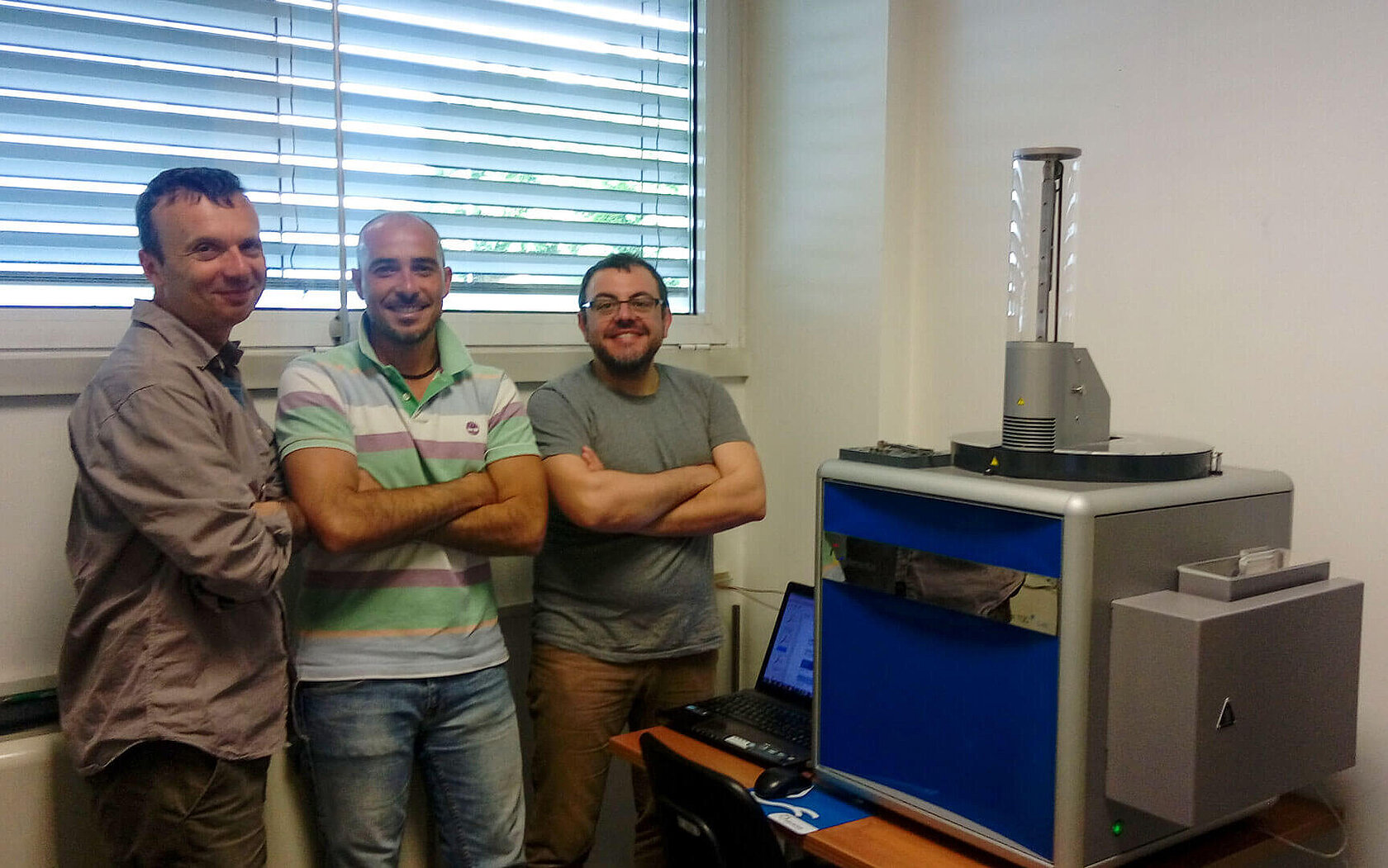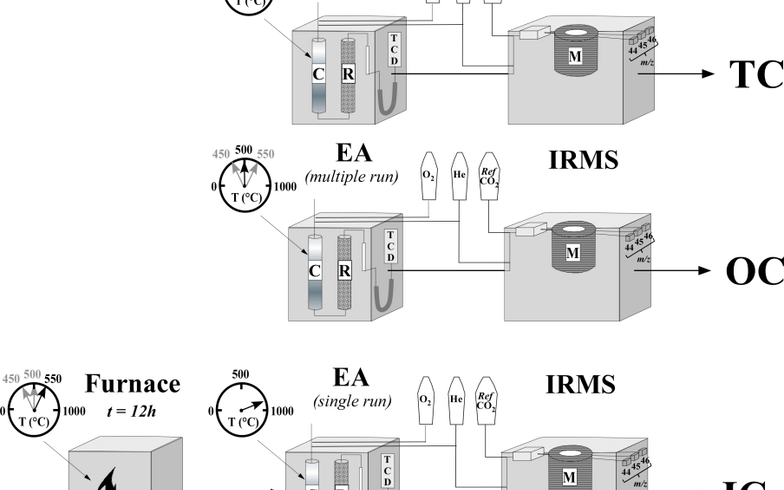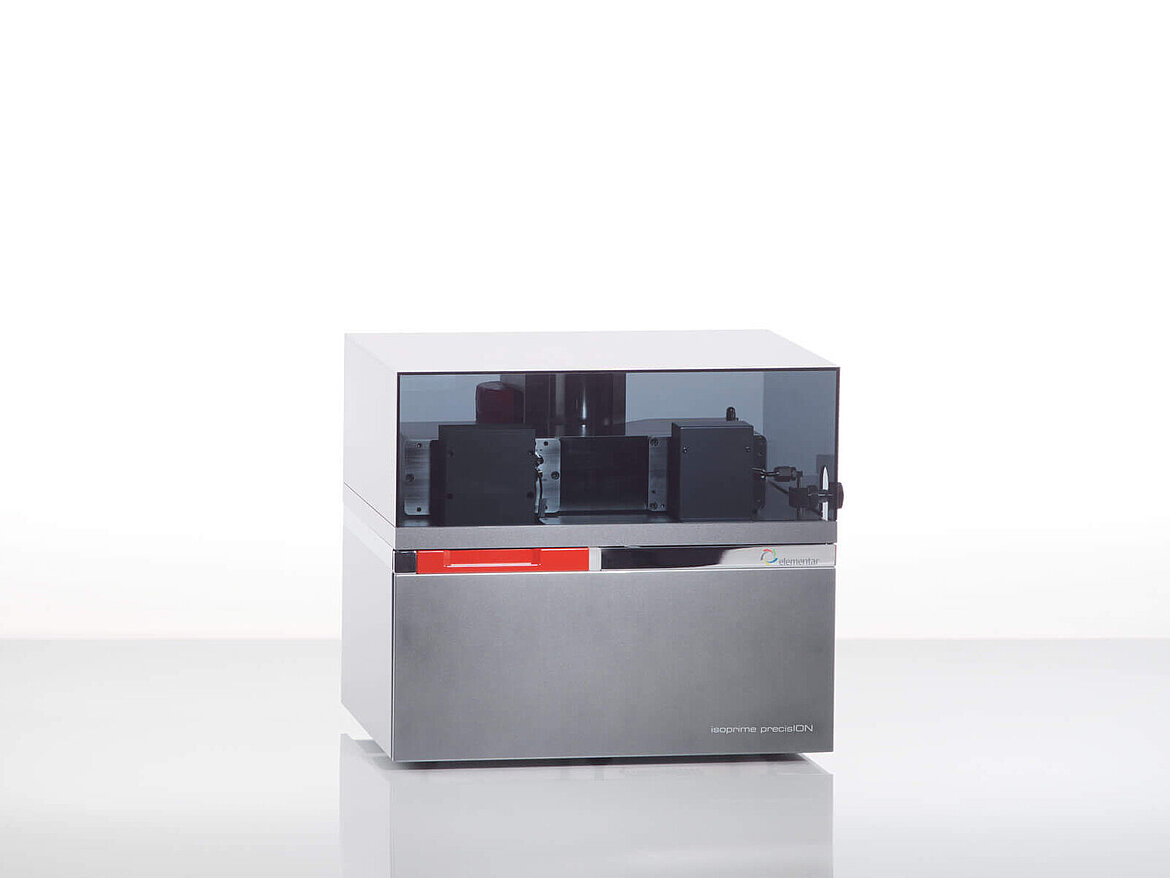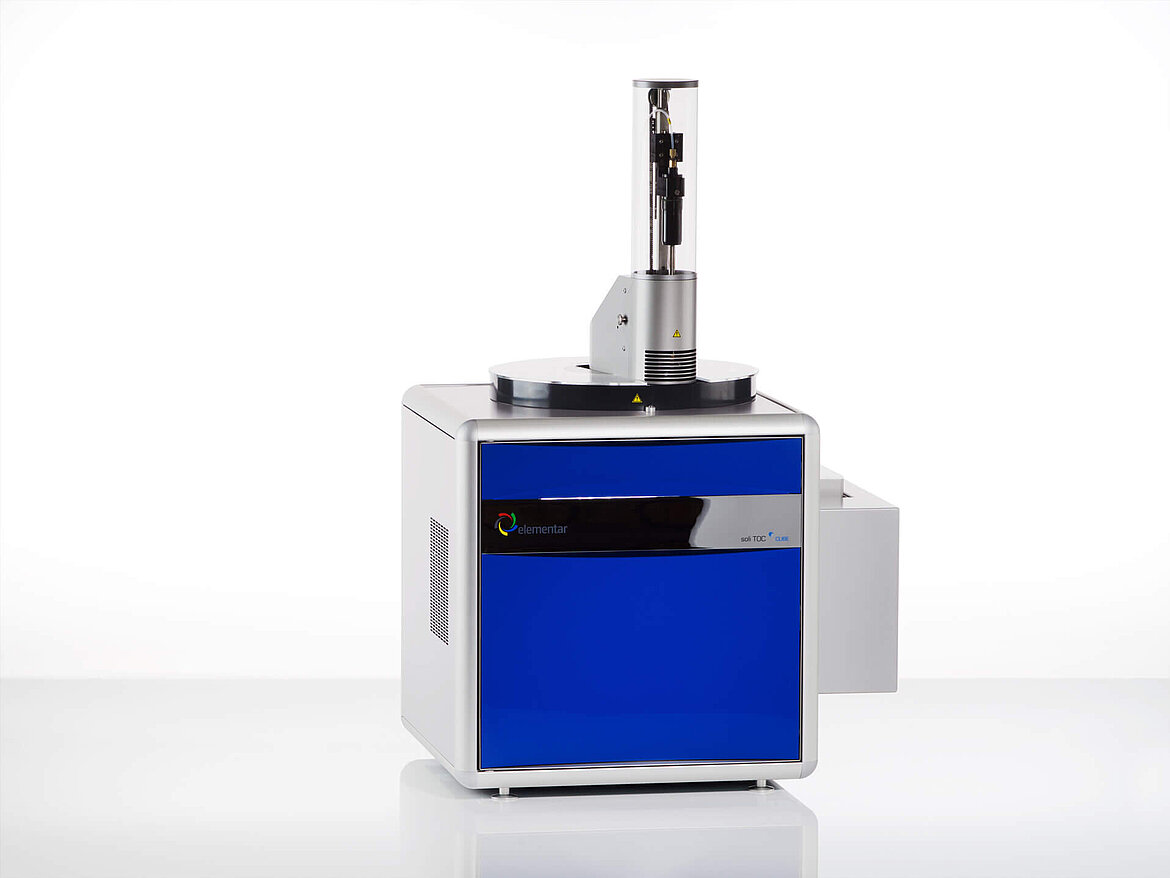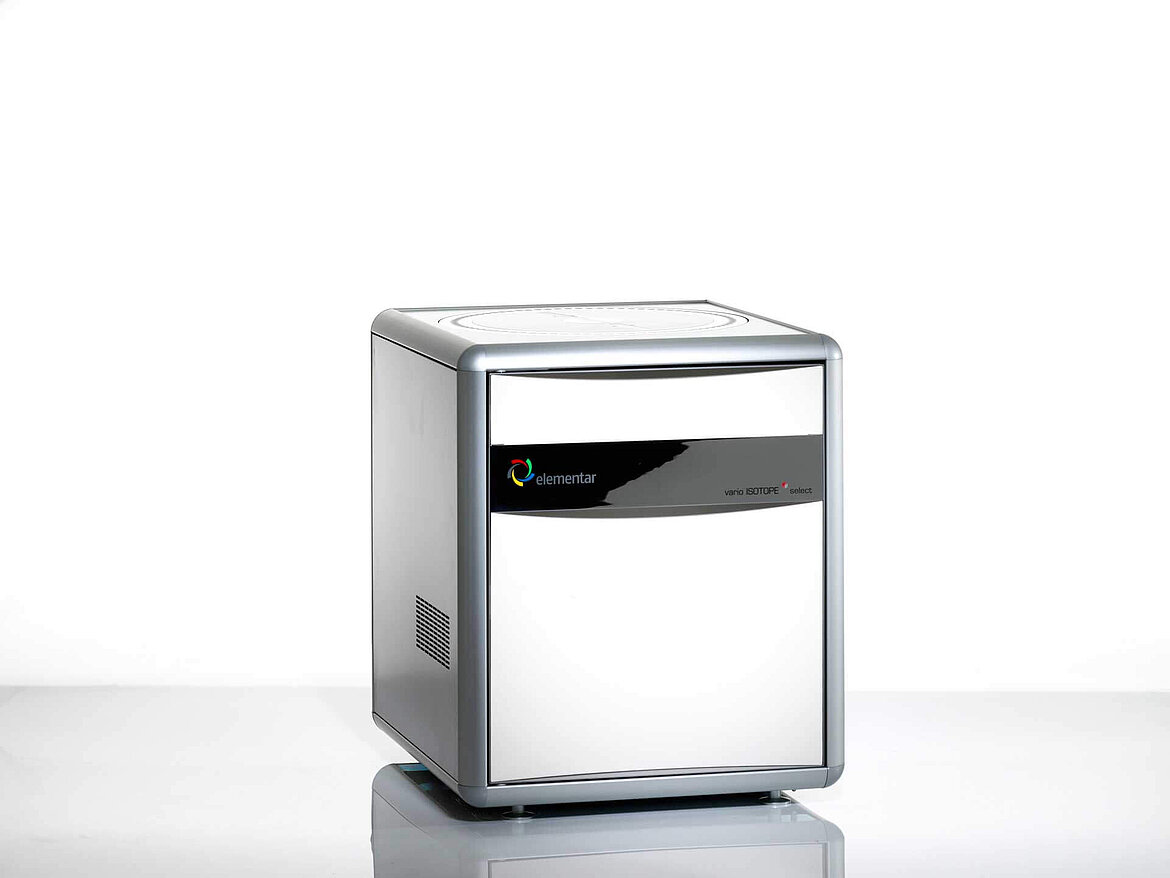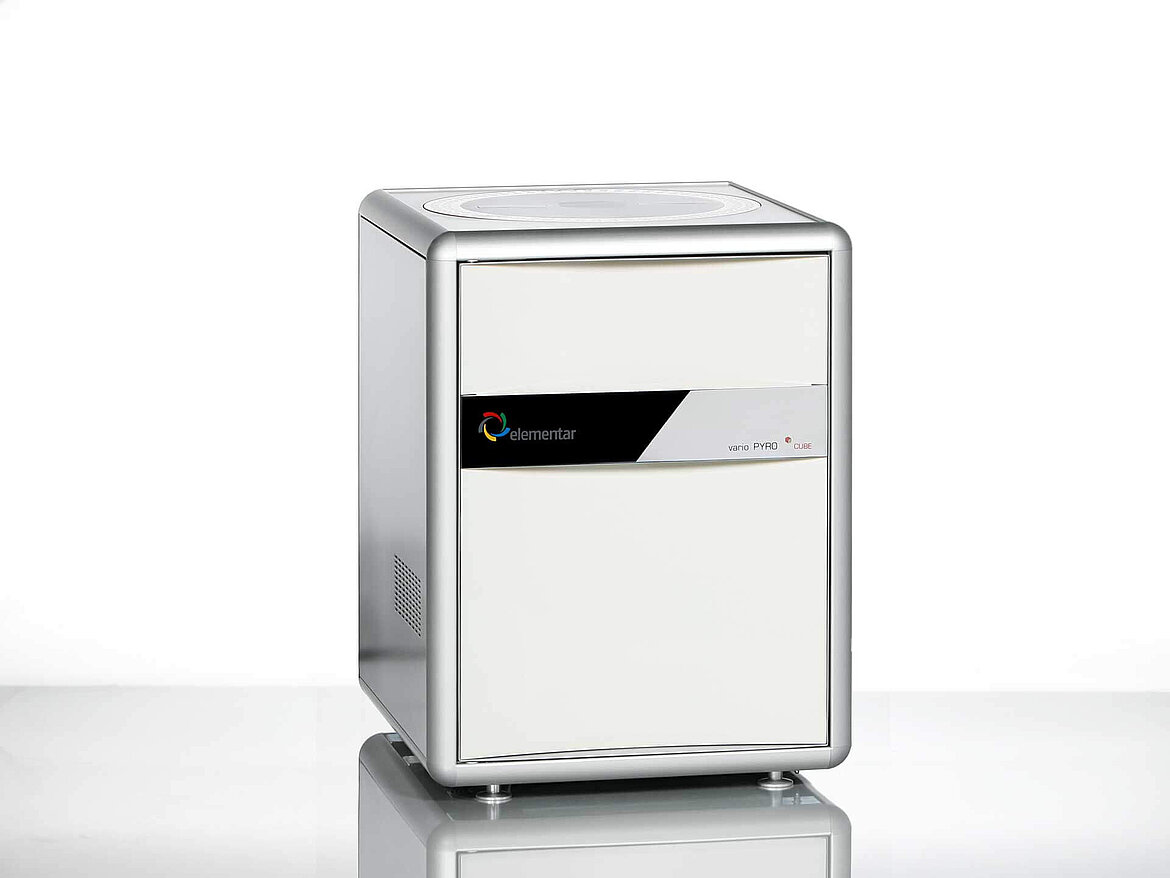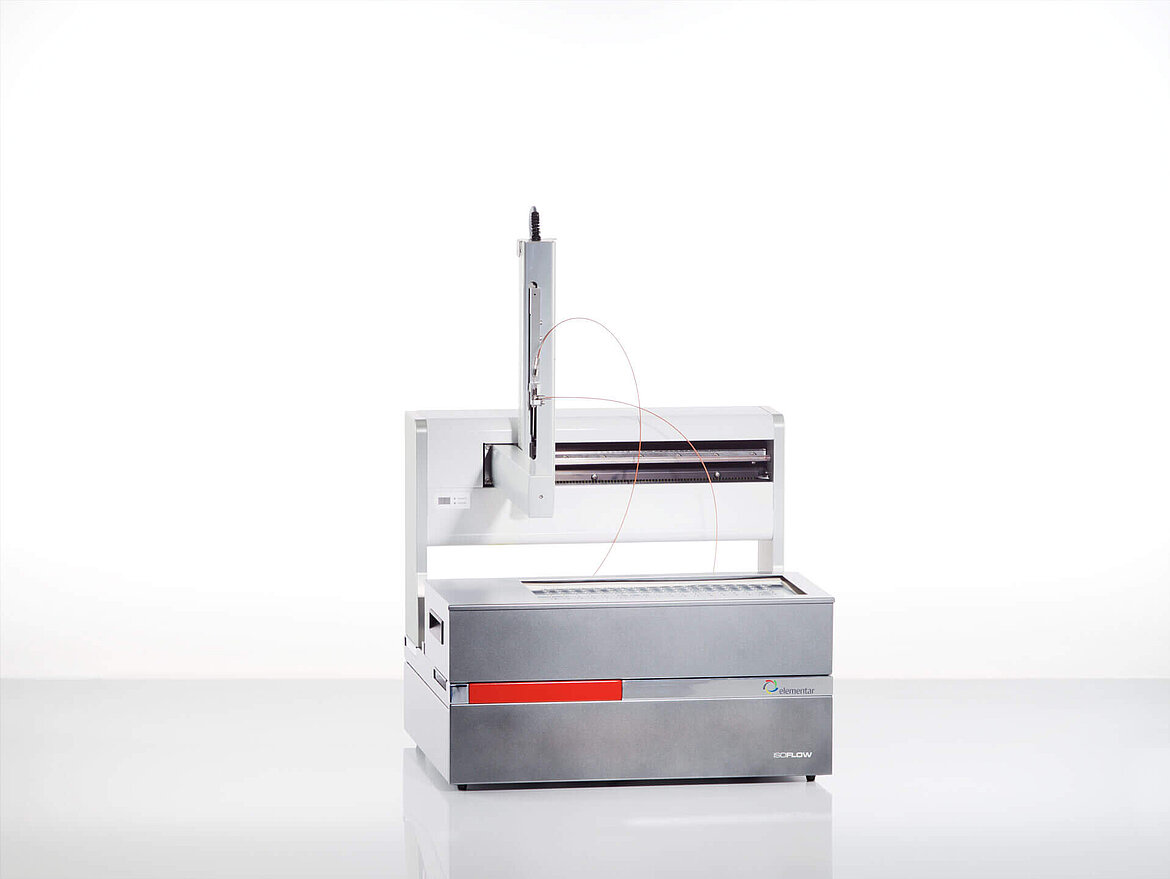The University of Ferrara is using a TOC analyzer coupled to an IRMS system to explore the deep cycling of carbon in the earth’s mantle
Gianluca Bianchini (Associate Professor) and Claudio Natali (Researcher) are geologists at the Department of Physics and Earth Sciences of the University of Ferrara and they conduct research in the fields of high and low temperature geochemistry. Since 2012, their research capabilities were greatly improved by the use of an Elementar EA-IRMS system which nicely complements the other instrumentation available in the laboratory such as XRF & ICP-MS.
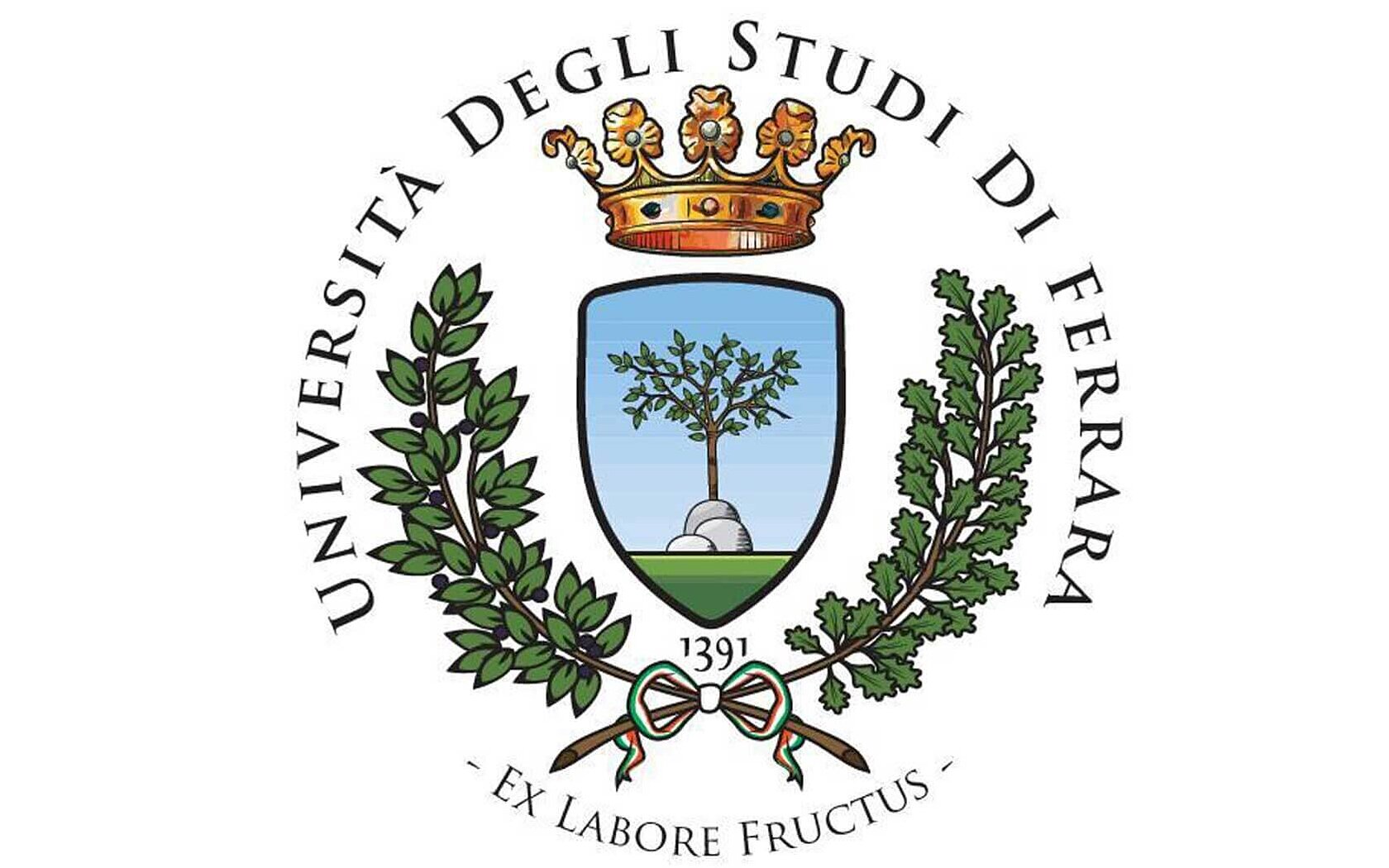
As concerns high-temperature petrological studies, the elemental and isotopic analysis of carbon was of fundamental importance to constrain the deep cycling of this element and fluxes down in the mantle. To explore these complex processes a series of rare rocks of ultra-deep origin, named peridotites were analyzed. These peridotites are generally located in the deep earth at a depth of nearly 40-50 Km from the surface (Bianchini and Natali, 2017; Förster et al., 2016). EA-IRMS analyses have also been very important to understand the genesis of very strange magmatic rocks, named carbonatites, which are important for economic reasons as they contain many rare minerals (Beccaluva et al., 2017).
The application of the EA-IRMS system to low temperature geochemistry is more commonplace. Prof Bianchini and Dr Natali are currently involved in studies concerning soil and sedimentary matrices (Natali and Bianchini, 2018, Vittori Antisari et al., 2016) as well as studies investigating suspended particles in river water (Corazzari et al., 2016), and air dispersed particles in urban environments.
Most notably for these studies, the team developed new protocols in which samples are analyzed by EA-IRMS at different combustion temperature in order to discriminate the presence of distinct compounds characterized by different destabilization temperature (Natali and Bianchini, 2014; 2015, Natali et al., 2018). For example, in soils and sediment this analytical approach allow discrimination of inorganic and organic compounds, avoiding complex and tedious pre-treating of the samples with hazardous chemicals.
This new analytical approach has been developed with the assistance of Elementar using a new instrument, the soli TOC® cube. This instrument is specifically dedicated to the thermal investigation of soil compounds and has the capacity to separate and measure organic compounds with different thermal behaviours (thermally labile, namely TOC400 and thermally recalcitrant, namely ROC) besides the total inorganic carbon (TIC) in one single analytical run.
With these competencies, Prof Bianchini and Dr Natali obtained relevant funding from the Emilia Romagna Region which is promoting the study of the organic carbon in the regional agricultural soils since this parameter is of fundamental importance for soil fertility as well as minimizing the release of green house gases to the atmosphere (see details of the project at the web site savesoc2.com.
Speaking about Elementar, Dr. Natali said:
We really appreciate our EA-IRMS system which is easy to be used and that rarely gives problems. The few time we had an analytical inconvenience the company quickly solved the problem by the on-line assistance and/or with rapid visits of a technician in our lab.
Prof. Gianluca Bianchini confirmed the good relationship existing with Elementar adding that he hope to have in the future more support in the creation of collaborations:
I suggest to Elementar to create a synergistic network between users of different regions and countries. I think that bridging the experience of different groups, Elementar can have a positive feedback. Elementar should guide its users toward new prominent research fields, helping to ensure that Elementar instruments are involved in top level research.
About Department of Physics and Earth Sciences, University of Ferrara
Instrumentation installed: | IsoPrime100 (legacy instrument, successor: isoprime precisION) (legacy instrument, successor: vario ISOTOPE select) isoprime precisION with iso FLOW isoprime precisION with vario PYRO cube EA |
Address: | Università di Ferrara |
Contact details: | Website: www.savesoc2.com |
Publications: |
|
